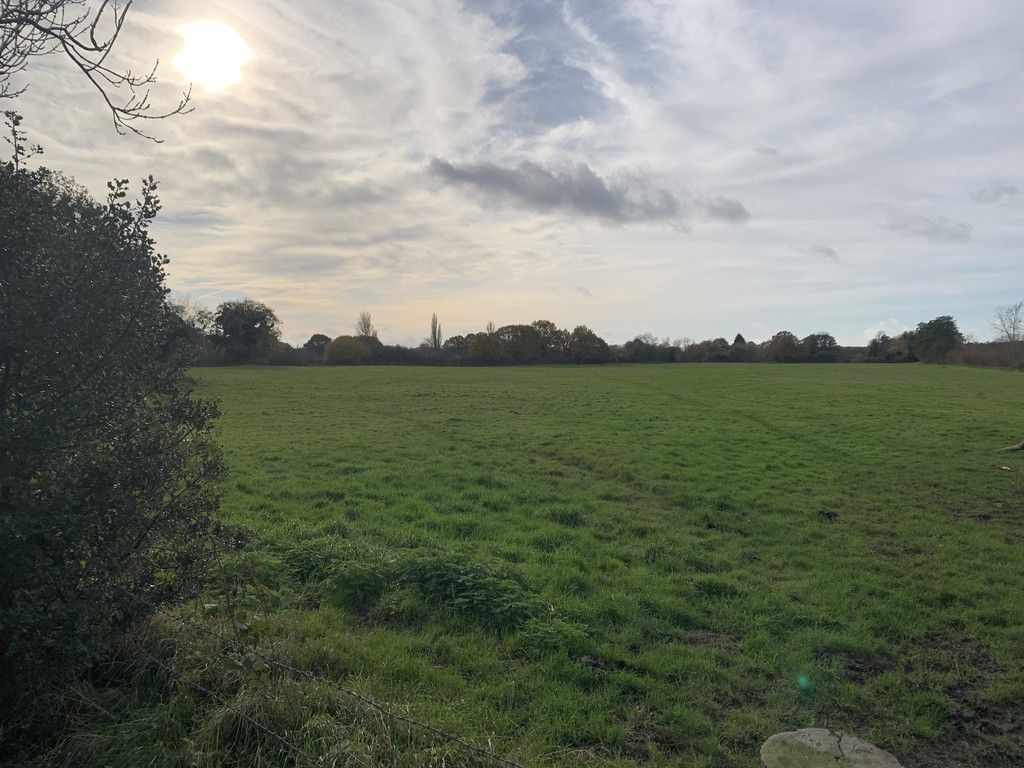Success in Surrey for Acorus’ Eastern team for obtaining a Certificate of Lawfulness (Certificate of Lawful Existing Use or Development – CLEUD) following the non-compliance of an Agricultural Occupancy Condition.
Evidence Provided
Sufficient evidence was provided to the Local Planning Authority in support of the planning application to demonstrate, on the balance of probably, the subject dwelling had been occupied continuously in breach of the agricultural occupancy condition for in excess of ten years.

Agricultural Occupancy Condition
The agricultural occupancy condition stipulated the dwelling could only be occupied by persons employed, or last employed, in agriculture.
The issue of the Certificate by the Local Planning Authority, who deemed the use lawful, renders the development exempt from enforcement action.

Increase in Value
The Certificate means the dwelling can now be occupied by persons working outside of agriculture, which opens up the market to a larger audience should the owners wish to sell. This impacts very positively on the value of the property by approximately 25%.
Greater Flexibility
The Certificate has also provided our Clients and future generations with greater flexibility for the property moving forwards.

What is a Certificate of Lawful Existing Use or Development (CLEUD)?
A Certificate of Lawfulness confirms that either an existing use or development, or a proposed use or development, is lawful in planning terms. If deemed lawful by the Local Planning Authority it will prevent enforcement action.
These applications are based on facts and therefore the evidence provided is crucial to a successful outcome.
In this case, examples of evidence include Utility and Council Tax invoices to confirm the property has been continuously occupied and P60s to confirm employment outside of agriculture and therefore in breach of the condition.
Timelines
In this case, the applicable minimum time period for the breach of planning control is ten years, sometimes referred to as the ‘ten year rule’. Other breaches of planning control such as the construction of a building or dwelling without planning permission, the time period is a minimum of four years, sometimes referred to as the ‘four year rule’.
For further information regarding Certificates of Lawfulness, please view our Information Sheet ….
If you consider you may have a case for obtaining a certificate of lawfulness, or wish to discuss any other planning related matters please do not hesitate to contact Acorus.






